Tag: study

Feasibility, Safety, and Utility of Advanced Critical Care Transesophageal Echocardiography Performed by Pulmonary/Critical Care Fellows in a Medical ICU
Critical care transesophageal echocardiography is feasible, safe, and has clinical utility. It can be safely and effectively performed by fellows within the context of their critical care training with faculty supervision.... read more
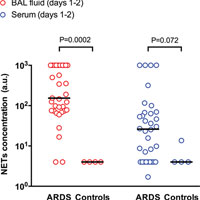
Neutrophil Extracellular Traps Are Elevated in Patients with Pneumonia-related ARDS
Bronchoalveolar neutrophil extracellular trap concentration was not significantly associated with mechanical ventilation duration in pneumonia-related ARDS. The acute respiratory distress syndrome (ARDS) is the most severe... read more

Research Ethics and Informed Consent in Critical Care
Research studies in critically ill populations pose many unique regulatory and ethical challenges that have implications for study design and execution. The life-threatening nature of conditions being studied and the urgency... read more
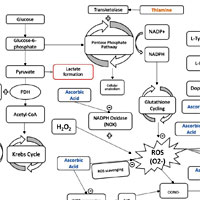
Ascorbic Acid, Corticosteroids, and Thiamine in Sepsis
The combination of thiamine, ascorbic acid, and corticosteroids is a promising new therapy for sepsis resuscitation but currently lacks robust evidence to support its widespread use. The potential effectiveness of this medication... read more
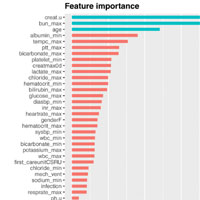
Machine Learning for the Prediction of Volume Responsiveness in Patients with Oliguric AKI in Critical Care
Excess fluid balance in acute kidney injury (AKI) may be harmful, and conversely, some patients may respond to fluid challenges. This study aimed to develop a prediction model that can be used to differentiate between volume-responsive... read more

Neutrophil Extracellular Traps (NETs) Exacerbate Severity of Infant Sepsis
Neutrophil extracellular traps (NETs) are innate defense mechanisms that are also implicated in the pathogenesis of organ dysfunction. However, the role of NETs in pediatric sepsis is unknown. This study reveals a hitherto... read more

Oxygen Therapy in Acute Resuscitation
At present, evidence is lacking to support routine liberal oxygen administration in acutely ill patients and, in most circumstances, a reasonable approach is to titrate supplemental oxygen to achieve an arterial oxygen saturation... read more

Meaningful Experiences and End-of-life Care in the ICU
The purpose of this study was to provide a comprehensive exploration of nurses' meaningful experiences of providing end-of-life care to patients and families in the intensive care unit (ICU). This study utilised an interpretive... read more
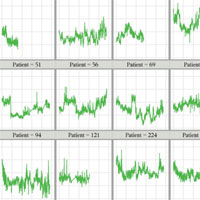
Incidence, Severity, and Detection of Blood Pressure Perturbations after Abdominal Surgery
Intraoperative and postoperative hypotension are associated with myocardial and kidney injury and 30-day mortality. Intraoperative blood pressure is measured frequently, but blood pressure on surgical wards is usually measured... read more

Insidious Harm of Medication Diluents as a Contributor to Cumulative Volume and Hyperchloremia
This study identified that medication diluents contribute substantially to the total IV volume received by critically ill patients. Saline as the primary medication diluent compared with dextrose 5% in water is associated... read more
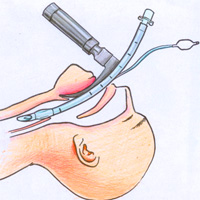
Tracheal Intubation Practice and Safety Across International PICUs
There were both similarities and differences in tracheal intubation practice and outcomes across international PICUs. Fewer adverse tracheal intubation–associated events were reported from International versus North American... read more
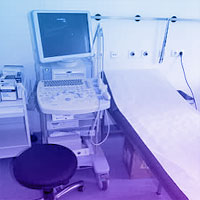
The Importance of Skeletal Muscle Ultrasound in Critical Care
With growing interest in understanding muscle atrophy and function in critically ill patients and survivors, ultrasound is emerging as a potentially powerful tool for skeletal muscle quantification. However, there are key... read more

Effects of High-Flow Nasal Cannula on the Work of Breathing in Patients Recovering From ARF
High-flow nasal cannula, when set at 60 L/min, significantly reduces the indexes of respiratory effort in adult patients recovering from acute respiratory failure (ARF). This effect is associated with an improvement in... read more
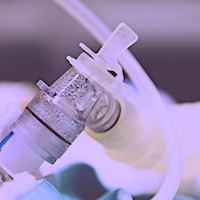
Safety of Early Tracheostomy in Trauma Patients After Anterior Cervical Fusion
Cervical spine injuries (CSIs) can have major effects on the respiratory system and carry a high incidence of pulmonary complications. Respiratory failure can be due to spinal cord injuries, concomitant facial fractures or... read more




